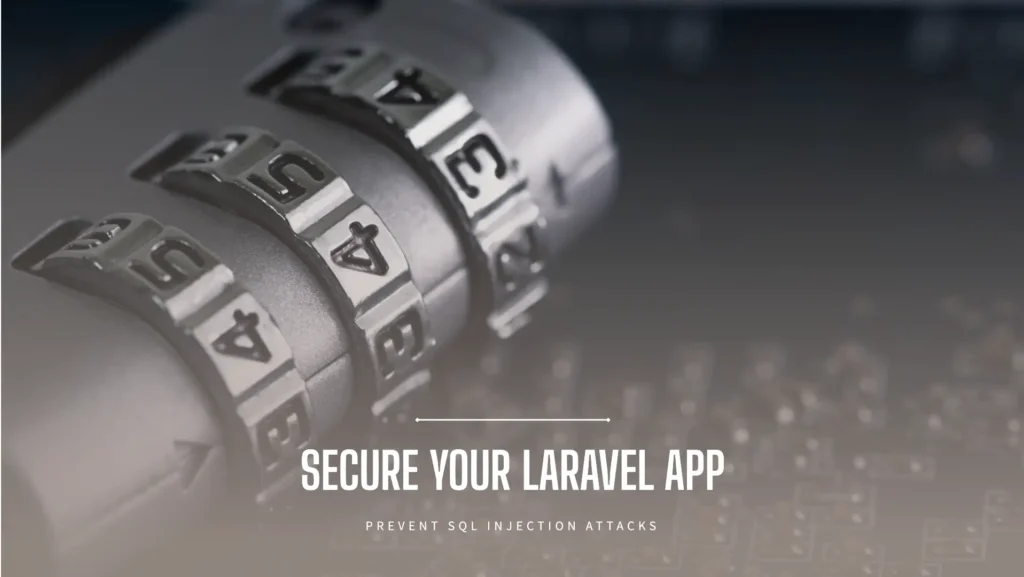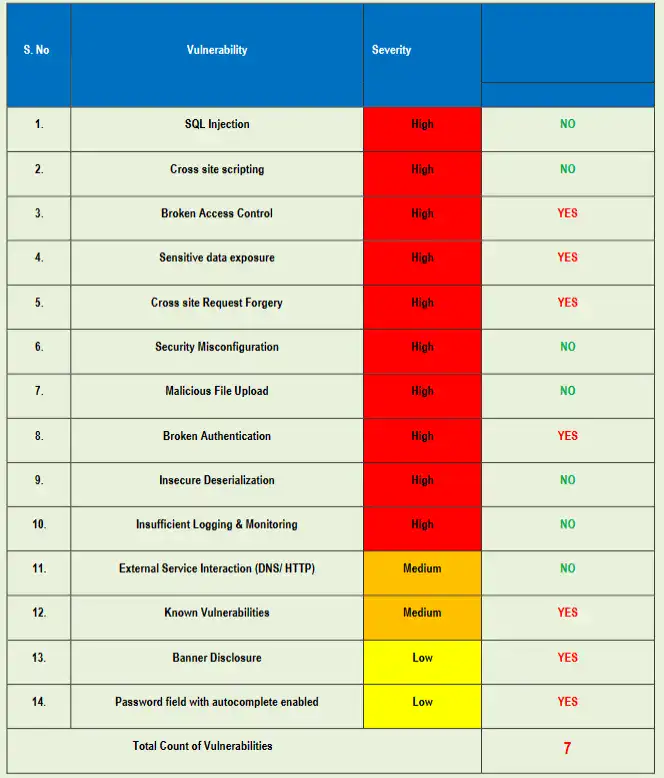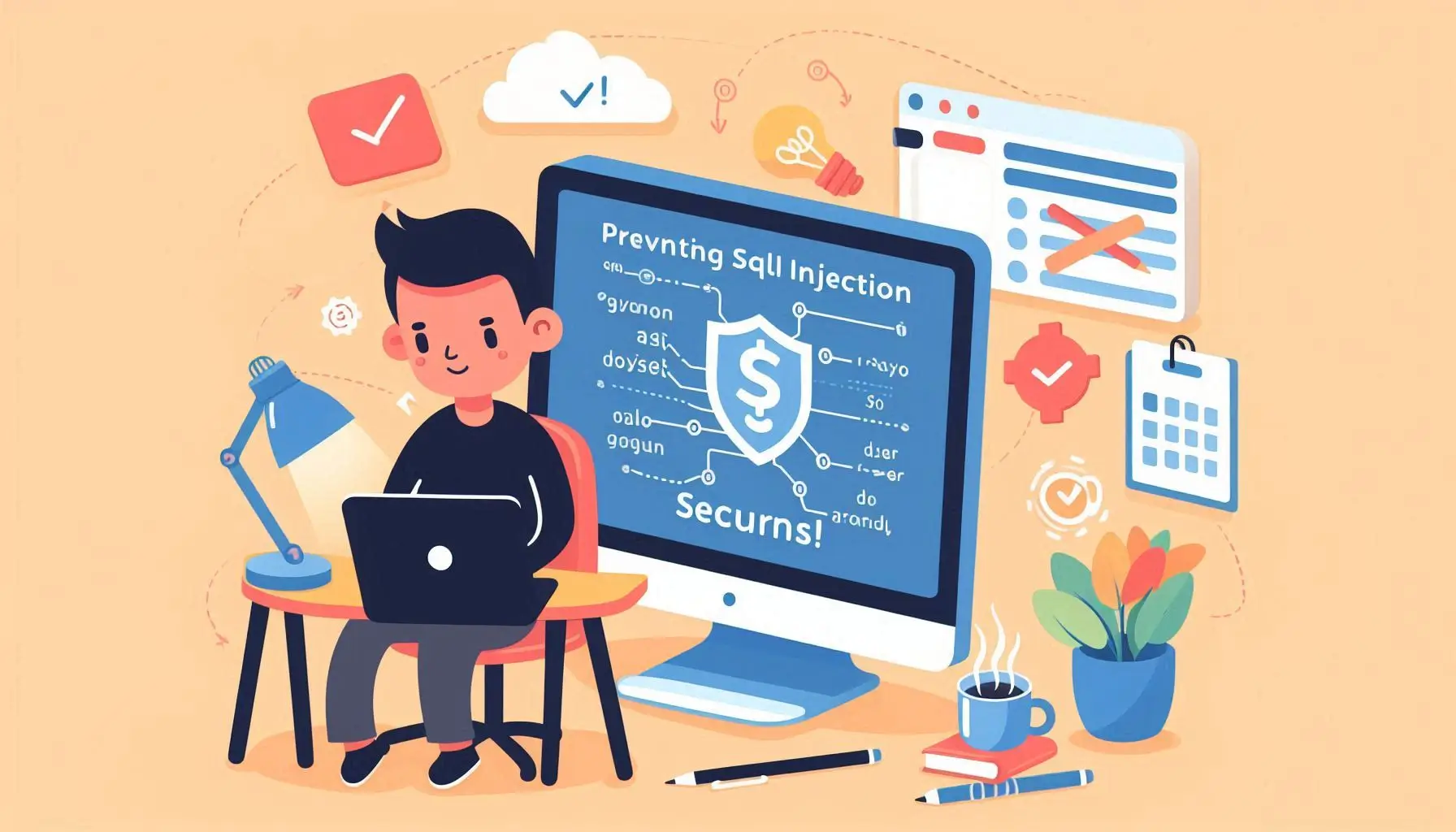Preventing SQL Injection SQLi in Laravel: Best Practices for Secure Web Development
Introduction
In today’s web development landscape, security is paramount, and one of the most common threats to applications is SQL Injection SQLi. For Laravel developers, understanding and preventing SQLi attacks is essential to safeguarding data and protecting sensitive information. In this article, we’ll explore SQL Injection, its implications, and how Laravel’s built-in tools help prevent such vulnerabilities. You’ll also learn best practices to ensure your Laravel app is secure from SQLi threats.

What is SQL Injection (SQLi)?
SQL Injection is a type of attack where malicious users exploit vulnerabilities in a web application’s database query system. By manipulating SQL queries, attackers can gain unauthorized access to data, execute unauthorized commands, and even compromise the entire system. These attacks are often executed through user input fields like forms, URL parameters, or cookies.
For example:
$user = DB::select("SELECT * FROM users WHERE email = '$email'");In the above query, if user input is not properly sanitized, an attacker could inject malicious SQL code and potentially access or manipulate the database.
How SQL Injection Affects Laravel Applications
Though Laravel provides several built-in mechanisms to protect against SQL Injection, developers need to be aware of how to use these features effectively. Without proper safeguards, your Laravel app can become vulnerable to malicious attacks.
Here are some potential risks if SQL Injection is exploited in your Laravel app:
- Unauthorized access to sensitive data (e.g., passwords, financial information).
- Data modification or deletion.
- Compromise of the entire database or web server.
- Complete takeover of the application.
Preventing SQL Injection (SQLi) in Laravel
Laravel makes it relatively easy to prevent SQL Injection in Laravel by using various built-in features and best practices. Let’s explore some key methods to safeguard your Laravel application:
1. Use Eloquent ORM
Laravel’s Eloquent ORM is designed to prevent SQL Injection in Laravel by automatically binding parameters and escaping user input in SQL queries. Using Eloquent eliminates the need to write raw SQL queries, reducing the chances of injecting malicious code.
Example:
$user = User::where('email', $email)->first();In this example, Eloquent handles the query safely, without the need for manual sanitization.
2. Parameterized Queries
For cases where you need to write raw SQL, Laravel provides prepared statements, which use bound parameters to prevent SQL injection in Laravel. Always avoid concatenating user input directly into SQL queries.
Example:
$user = DB::select('SELECT * FROM users WHERE email = ?', [$email]);Here, the ? placeholder ensures that user input is properly escaped, preventing any malicious injection.
3. Sanitizing User Input
Although Laravel’s query builder and Eloquent ORM help prevent SQL Injection, it’s still a good idea to validate and sanitize user inputs. Laravel offers built-in validation rules to sanitize data effectively.
Example:
$request->validate([
'email' => 'required|email',
]);Using validation ensures that only properly formatted data is accepted, reducing the risk of injection attacks.
4. Escape Output
Whenever you’re displaying data on a webpage, ensure that the output is escaped to prevent any injected content from executing. Laravel’s Blade templating engine automatically escapes data to prevent XSS (Cross-Site Scripting) attacks, which complements the protection against SQL Injection.
Example:
{{ $user->name }}By default, Blade escapes the output to ensure that malicious scripts or SQL code are not executed.
5. Use Laravel’s Query Builder
Laravel’s query builder provides a fluent interface to construct SQL queries. It handles escaping and binding automatically, offering protection against SQL Injection (SQLi) in Laravel.
Example:
$users = DB::table('users')->where('email', $email)->get();This is a safer alternative to writing raw SQL queries directly in your code.
Best Laravel Security Practices – Secure Laravel app
In addition to the methods mentioned above, consider adopting these best practices to avoid SQLI Vulnerability in Laravel:
- Keep Laravel Updated: Always use the latest version of Laravel to benefit from security patches and updates.
- Limit User Permissions: Restrict database access to only what’s necessary for each user role.
- Use HTTPS: Protect your application and data transmission by using HTTPS.
- Regular Security Audits: Perform regular security audits and vulnerability assessments (like penetration testing) to identify potential risks.
Conclusion
SQL Injection remains a significant threat to web applications, but with Laravel’s built-in tools and best practices, you can mitigate the risks effectively. By using Eloquent ORM, parameterized queries, and validating inputs, Laravel developers can ensure their applications are secure from SQL Injection (SQLi) in Laravel attacks. Stay proactive with security updates and audits to keep your Laravel app safe from emerging threats. You can also check our other related blog on Preventing SQL Injection (SQLi) in Symfony.
For businesses or developers who need a deeper analysis of their web application’s security, we offer free vulnerability assessments and penetration testing through our dedicated platform. You can sign up for a detailed report on your website’s security posture, helping you address potential SQL Injection vulnerabilities and other security flaws.
Additionally, if you’re seeking comprehensive cybersecurity solutions, visit Cyber Rely to explore a wide range of services, from vulnerability assessments to full-scale penetration testing, ensuring robust protection for your applications.
Head over to our related blogs on How to Prevent CSRF in Laravel: Best Practices, Top 7 Cybersecurity Trends.

